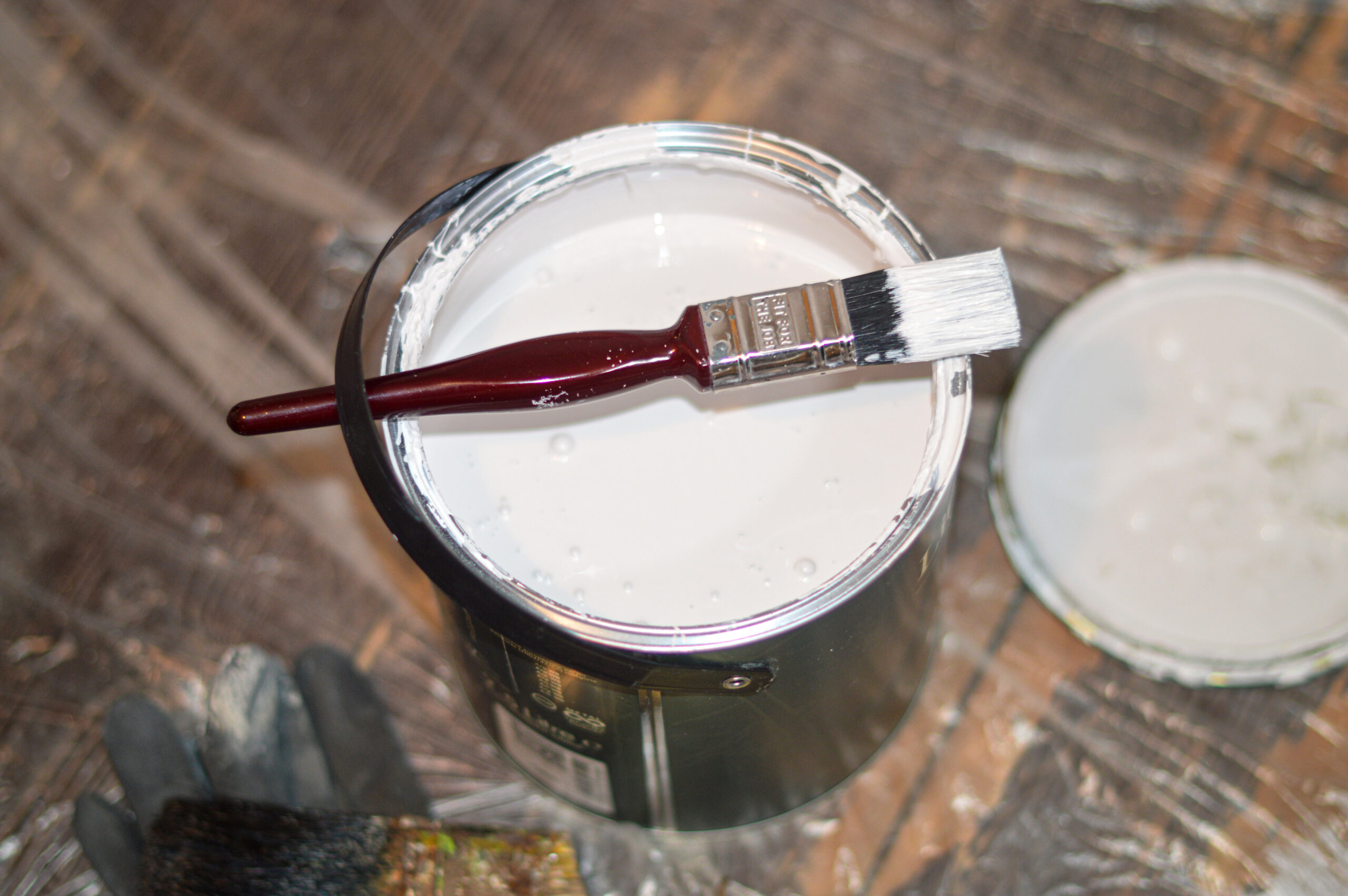
For some customers, choosing the right acrylic emulsion can be confusing because there are so many factors to consider. Next, I will take you to understand the types, applications, performance, and characteristic data of acrylic emulsion, so that customers can choose the right acrylic emulsion from many categories and products.
Table of Contents
Common Types and Definitions of Acrylic Emulsions
Acrylic emulsions can be used in a wide variety of industries and applications. Some common types of acrylic emulsions include:
Pure acrylic emulsion: It’s an emulsion copolymerized with monomers such as acrylic acid, methyl acrylate, butyl methacrylate and functional additives. The emulsion consists of pure acrylic polymer.
Styrene acrylic copolymer emulsion: It’s a synthetic emulsion of acrylic and styrene.
Vinyl acetate-ethylene (VAE) emulsion: It’s a synthetic emulsion of the monomers vinyl acetate (VA) and ethylene.
Vinyl acrylic copolymer emulsion: It’s a synthetic emulsion of acrylic acid and vinyl acetate.
Acrylic epoxy emulsion: It’s an emulsion that combines an acrylic polymer with an epoxy resin.
Acrylic-polyurethane emulsions/Polyurethane dispersions (PUD): It’s an emulsion that combines an acrylic polymer with a polyurethane resin.
Acrylic-silicone copolymer emulsion: It’s a synthetic emulsion of acrylic and silicone.
Application of Each Type of Acrylic Emulsion
Pure acrylic emulsion: It is a high grade waterborne emulsion, which is mainly used for preparing acrylic emulsion paint on walls, medium and high grade latex coatings for exterior walls. Not only that but it can also be used in the preparation of multi-color paints, primers, varnishes, etc.
Styrene acrylic copolymer emulsion: It’s mainly used for preparing interior wall latex coating, primer, exterior wall medium and low-grade coating, but also can be prepared for adhesives, waterproofing and mortar, etc.
Vinyl acetate-ethylene (VAE) emulsion: It’s mainly used for preparing adhesives, waterproof coatings, mortars, etc.
Vinegar acrylic copolymer emulsion: It’s mainly used as an Interior Flat Coating Emulsion.
Acrylic epoxy emulsion: It’s mainly used in industrial coatings, protective topcoats and floor coatings.
Acrylic-polyurethane emulsions/Polyurethane dispersions (PUD): Typically, it’s used for preparing high-performance coatings, sealers, topcoats, floor coatings, etc.
Acrylic-silicone copolymer emulsion: It’s mainly used for preparing exterior wall coating, overcoat paint, waterproof treatment, etc.
Pros and Cons of Each Type of Acrylic Emulsion
The emulsion is a film-forming substance. Formulation content: about 10~50%, high gloss coatings can reach about 70~80%. Emulsion plays a key role in the hardness, flexibility, abrasion resistance, water resistance, weathering resistance, etc of the coating film.
Pure acrylic emulsions are valued for their versatility and wide range of applications. It has the characteristics of high gloss, excellent adhesion and flexibility, good film formation, good weather resistance, good light and color retention. At the same time, it will be relatively weak in water resistance, alkali resistance, and adhesion.
Styrene-acrylic copolymer emulsion combines the properties of styrene and acrylic. It has the advantages of strong powder coating, good scrub resistance, good water and alkali resistance, and strong adhesion. Compared with other emulsions, styrene-acrylic copolymer emulsion has relatively poor yellowing resistance.
VAE emulsions have good adhesion, flexibility and water resistance, but can take a relatively long time to form a film.
Vinegar-acrylic emulsion has good stability, good fullness and good hand feel. At the same time, water resistance, alkali resistance, and yellowing resistance are relatively poor.
The combination of acrylics and polyurethanes in a PUD provides a balance of the two materials. It offers durability, chemical resistance, UV resistance, good adhesion and flexibility, but it can be costly and construction can be relatively complex.
Acrylic-silicone emulsions combine the high temperature resistance, weather resistance, chemical resistance, water and stain resistance of silicones with the high color retention, flexibility and adhesion of acrylic resins. The film-forming property is a little bit poorer and the cost price is relatively high.

How to Understand Characteristic Data on TDS?
How can we learn about the performance and quality of an emulsion from the TDS? In addition to the text expression, we can also learn some information from the characteristic data. Important characteristic data are listed below:
Solids content: It refers to the content of the polymer resin responsible for providing properties to the coating. If the solid content is high, it will cause a thicker film and the coverage will be high. Also, the drying time is long.
Glass transition temperature (Tg): It refers to the lowest temperature at which a polymer emulsion or latex can form a continuous, cohesive film on a substrate. Relatively speaking, the MFFT is also high. If not properly used, the coating is easy to crack. Tg can determine properties such as flexibility and adhesion of the coating.
Minimum film forming temperature (MFFT): It refers to the lowest temperature at which a polymer emulsion or latex can form a continuous, cohesive film on a substrate. If MFFT is too high, it will cause coating cracks.
Viscosity: The viscosity can affect cost, flow and leveling during application. If the viscosity of the emulsion is high enough, the amount of thickener used can be reduced.
PH: It refers to the acidity and alkalinity of the emulsion. The PH of acrylic emulsion is between 7-9.
Particle Size: The particle size of an emulsion can have a significant effect on film formation, coating appearance, performance, transparency, and stability. Smaller particle size is helpful in forming smooth, clear and stable coatings.
Factors to Consider When Choosing Acrylic Emulsion
When choosing an acrylic emulsion, you should consider several factors to ensure it meets the specific requirements. Here are some key factors to consider:
Application and Purpose: Determine where the acrylic emulsion will be used and for what purpose. The applications can be roughly divided into construction emulsion and waterproof emulsion. The purpose can be divided into waterproof coatings, interior and exterior wall flat coatings, industrial protective coatings, adhesives, paper coatings and textiles.
Functional properties: Consider the required properties of the coating, including hardness, flexibility, adhesion, abrasion resistance, chemical resistance, weatherability, gloss and etc. If it is applied to the exterior wall coating needs to consider the environmental factors, such as UV, temperature change, rain, dust and etc.
Health Factors: Consider whether acrylic emulsions are eco-friendly. Find emulsions with lower VOC content to minimize emissions and reduce the impact on humans and the environment.
Substrate Compatibility: Consider the compatibility of an acrylic emulsion with the substrate you will be coating or bonding to. Determine whether the emulsion will adhere well to the substrate, provide good wetting, and be compatible with any existing coatings.
Application Factors: Consider the application method you will use, such as brushing or spraying.
Formulation Stability: Consider the stability of an acrylic emulsion formulation, including its resistance to settling, coagulation or phase separation. Stable emulsions are easier to handle, store and apply consistently.
Supplier Factors: Consider the reputation and service of the acrylic emulsion supplier. Find manufacturers with high-quality products and technical support.
Cost Considerations: Consider the cost-effectiveness. Compare the performance and price of different products to select the right acrylic emulsion at a reasonable cost.

Contact Infinechem for More Information
It is important that you consult with the manufacturer, supplier, or industry expert to learn about the specific properties of acrylic emulsions and their suitability for your application. Testing with samples can also help assess the performance of different emulsions before making a final decision.
Infinechem is a professional acrylic polymer emulsion and acrylic emulsion manufacturer. You can learn more about us and customized service. We can provide technical support, one-stop solution selection and free sample testing. Contact us today to order and discover more about our products.

